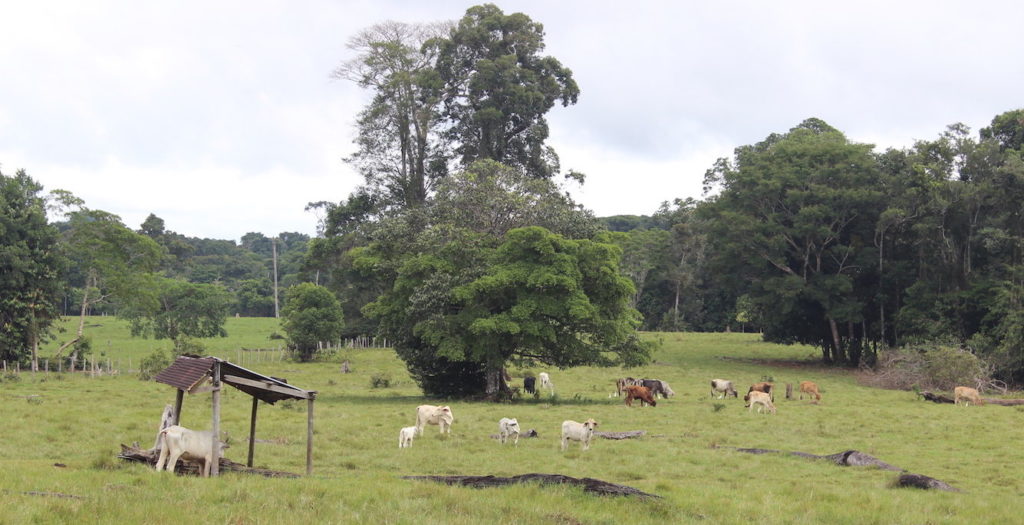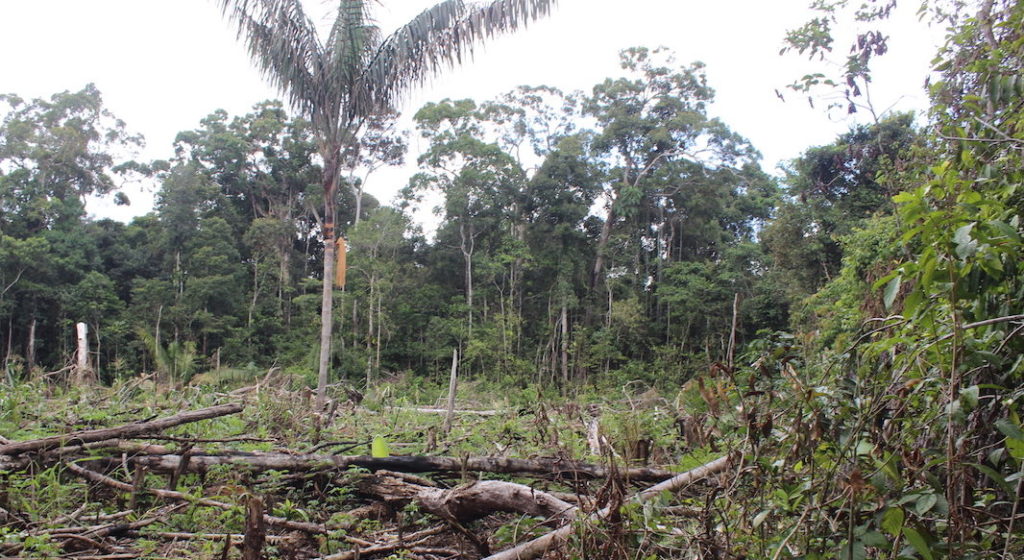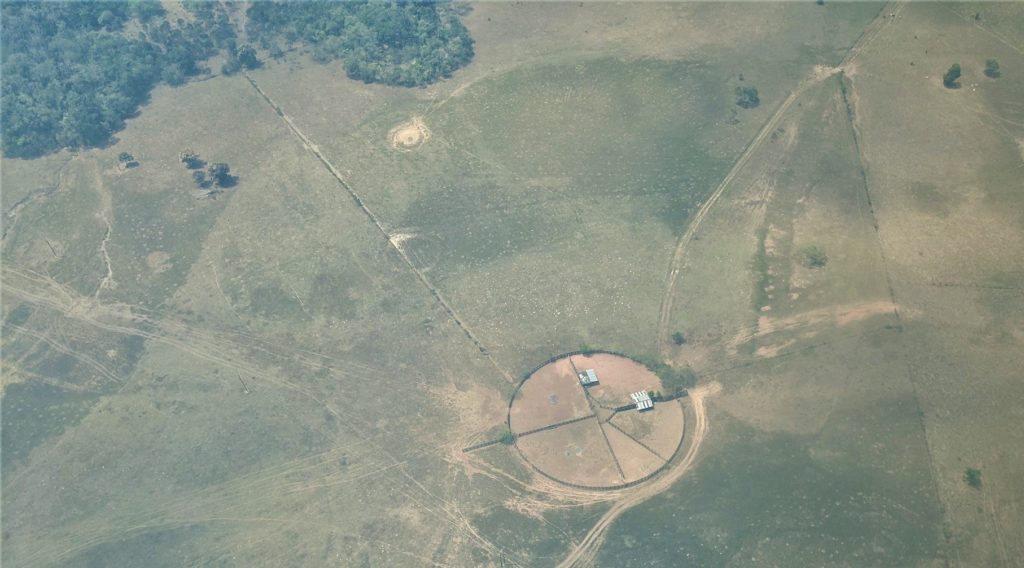In October 2016, Colombia signed a landmark peace deal. The deal saw both the Colombian government and the former guerrilla group FARC-EP lay down arms and agree to work towards peace, ending half a century of armed conflict. Seven years later, much work remains to be done, and new challenges have arisen. In September of 2021, Focali members Torsten Krause and Jessica López organised an event examining the outcomes of the Colombian peace deal on local communities, land use, and the environment. Sadly, one thing is clear: peace in Colombia is tainted by violence over access to and control of land, resources, and political and economical power. Communities, ecosystems, and industries continue to carry the hallmarks of an unsustainable system and a peace that hasn’t tackled the root causes of the conflict.
One of the many challenges in post-conflict Colombia is the effects of the power vacuum on rural communities and their lands. In the wake of the peace deal, ex FARC-EP strongholds became accessible, and these newly permeable territories have been filled with armed and unarmed illegal actors. These actors have sought control of valuable resources, such as gold, new land for coca plantations, and cattle ranching. Consequently, since the peace deal there has been a boom in deforestation and illegal mining.
During the event on the outcomes of the peace agreement in Colombia, Nicola Clerici, Rosario University, highlighted that deforestation is strongly driven by both illicit cattle ranching and illegal cropping (specifically coca for cocaine production), impacting local communities and ecosystems in devastating ways. Violence towards the local campesinos (smallholder farmers in Hispanic regions), Indigenous people, social leaders and nature is widespread.
Whilst these negative impacts of the peace deal hold across much of Colombia, including many of the natural protected areas of the country, it is important to note that not all areas have been equally affected by these trends. Sandra C. Valencia, University of Gothenburg, highlighted the Sumapaz region in the Andes as an example of this unequal distribution. During the conflict, the Sumapaz region had a strong FARC-EP presence due to its challenging geography and proximity to Bogotá. Even today, there are municipal differences in attitude within this region. Some municipalities lean towards sympathy for the guerrilla efforts of the past, while others lean towards government loyalism. Consequently, there is significant social and political fragmentation in the region, and even though it’s generally safe and calm, these factors have impacted the strength of implementing the peace agreement. As such, this relative tranquillity continues to hang in the balance.


